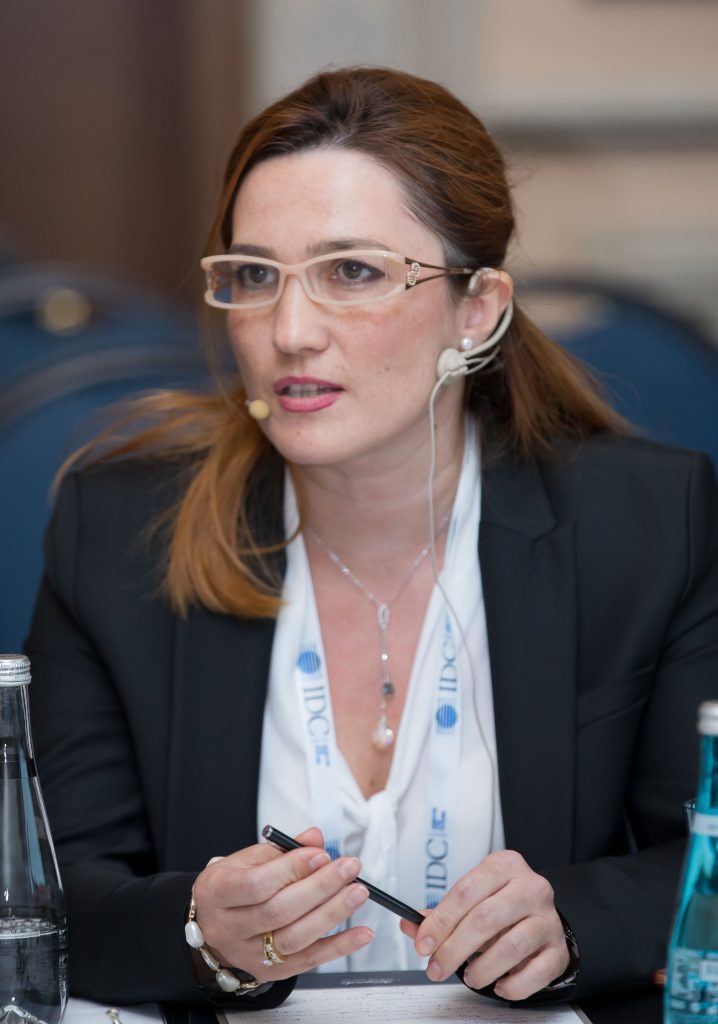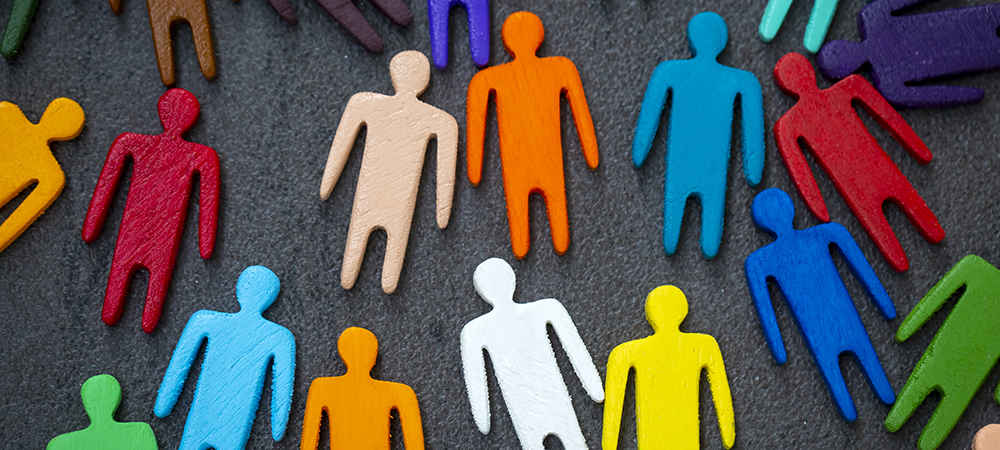Diversity has been a point for discussion in the boardroom for a while now. Oylum Tagmac, Senior Director, Worldwide Alliances at Commvault, addresses this, focusing on diversity in the workplace and the unconscious biases we all naturally face.

Diversity has become a major driving force in contemporary corporate culture, as organisations increasingly focus on positive, inclusive values. However, while progressive policies are helping to address a variety of longstanding failures, there remain significant inconsistencies in impact and results.
Many industries are heading in the right direction by prioritising equality in their organisational strategy, but there is no denying that others still need to significantly raise the level of diversity in their leadership and address fundamental issues such as pay.
Even when equality is enshrined in company policy, cognitive bias can still stand in the way of a culture where ‘actions speak louder than words’. Cognitive bias is a subjective reality where individuals tend to perceive and deduce information based on their own experiences as well as preferences. These may run in parallel with additional prejudices and stereotypes, with the result that unconscious bias plays a role in their thought processes, judgement and decision-making.
Let’s be clear – unconscious bias is an implicit prejudice we all have. Nobody is immune to it. According to Nobel-winning neuroscientist, Erik Kandel, 80% to 90% of the mind works unconsciously, which implies that the brains of even the most outwardly unbiased people still exhibit the tendency. Our minds are accustomed to using visual, verbal and behavioural cues to categorise others and these are crucial for individuals to gauge a threat.
As Malcolm Gladwell put it in his book, Blink: The Power of Thinking Without Thinking, we often resort to a ‘thin-slicing’ approach around patterns or beliefs to quickly address problems we encounter, even when done with the right intentions. However, this can also increase the level and depth of stereotypes individuals tend to form. The paradoxical element of thin-slicing is that it helps individuals not feel burdened with information, but on the flip side it reinforces stereotypes that might be incompatible with workplace equality.
The impact of unconscious bias tends to find its way into each aspect of an individual’s work-life cycle, from the interview and onboarding to the delegation of work and promotions, among many other issues. In fact, a report by IDC calls out unconscious bias in the workplace as very real. While it may seem obvious that women want the same outcomes from their careers as men, there is a prevailing myth that women are somehow less ambitious, less dedicated to their work (in favour of home life) or have less aptitude for technical work. These falsehoods – while gradually receding – carry a legacy of bias that impact career progression, workplace behaviour and issues such as pay equality.
Moreover, unconscious bias permeates society and is fuelled by cultural and social conditioning, sometimes lasting for generations. But, as its role in the workplace and impact on career inequality becomes more closely scrutinised, how can organisations and the individuals within them move away from a behaviour pattern that is so deep-rooted, instant, and complex?
Recognising the problem
Whether we like it or not, we are all in some form or other victims of our subconscious and thereby, we can be unconsciously biased. Mindfulness plays a key role in eliminating it from personal behaviour and workplace culture, and in particular, being mindful of how we interact with each other, of how our processes and systems operate and being very aware of how we tackle our shortcomings are key considerations. However, complex and integrated issues like these cannot be addressed in one go, and ultimately, they require guidance, education and self-introspection to apply positive changes to our workplaces.
For instance, while empathy is a crucial component of good management, keeping an open mind when entering into important situations such as return-to-work conversations is just as important. We should make decisions and align processes based on what the employee wants, not what we think they would want.
Another aspect would be to encourage conversations and workshops among teams that will help people understand the nuances in every individual’s life. Exposure to a myriad of experiences each individual has gone through can have a deep impact on others, ultimately changing their approach towards each other for the better.
Measurement is key to understanding whether efforts to eliminate unconscious bias are having an impact. For example, creating a progress roadmap for each individual/group, with honesty being a key component and coupled with transparent feedback on the initiatives taken to curb bias, can be critical to bringing about this paradigm shift.
Let’s face it – when it comes to cultivating an equitable culture, there is no one size fits all approach, as there are simply too many variables to measure and control. What’s more, these aren’t changes that can come in a wave and solve all the issues at hand in one go. That said, what every organisation can do is to take learnings at an individual level and apply them gradually to our professional workplaces. This is an obstacle that we, as a society, have to be aware of if we are to make every workplace an equal opportunity environment where people can be their authentic selves.
These are essential considerations for any modern organisation that wants to genuinely live and breathe its values. Without that cultural integrity, any commitment to equality can be quickly exposed, resulting in a whole series of risks from reputational damage to employees that look for better opportunities elsewhere.
In contrast, organisations that focus on understanding and addressing latent weaknesses, such as unconscious bias, are ideally placed to create the kind of culture that today’s stakeholder groups respect. From employees and shareholders to customers, influencers and media commentators, this kind of authenticity is increasingly a must-have.




